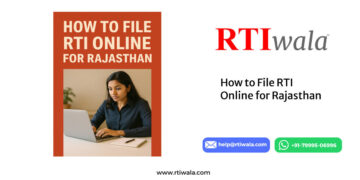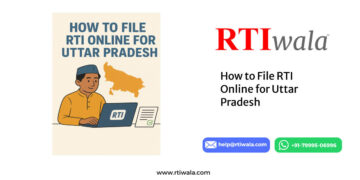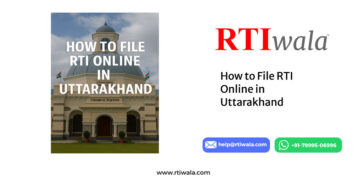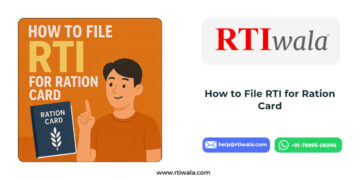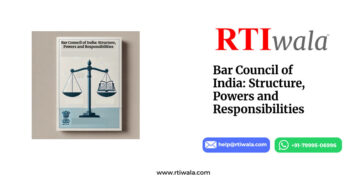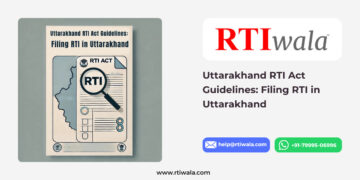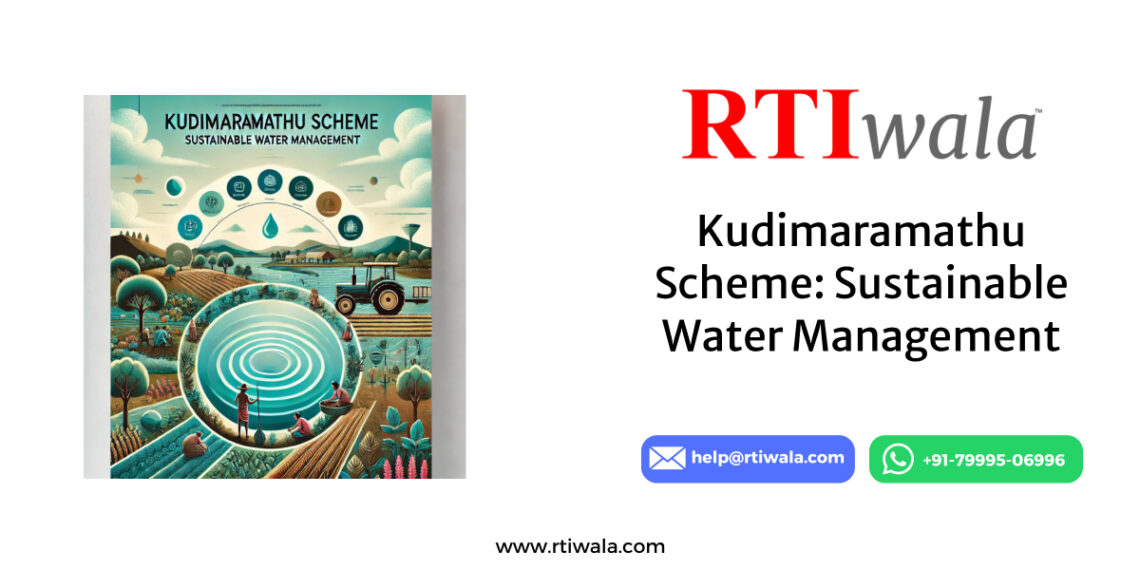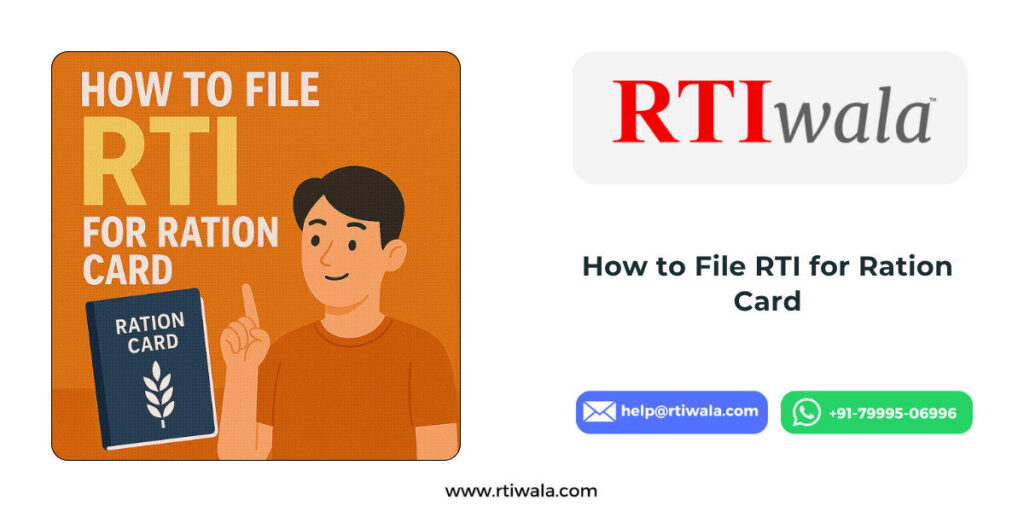Introduction of Kudimaramathu Scheme
Water is a critical resource for agriculture, livelihoods, and daily life, especially in a state like Tamil Nadu, which heavily relies on monsoons. To address water scarcity and enhance irrigation, the Tamil Nadu Government launched the Kudimaramathu Scheme. This initiative revives traditional water management practices by involving local communities in the maintenance and restoration of water bodies.
In this article, we explore the objectives, features, and impact of the Kudimaramathu Scheme, shedding light on its role in sustainable water management.
What is the Kudimaramathu Scheme?
The Kudimaramathu Scheme is an initiative aimed at desilting and restoring traditional irrigation tanks and water bodies in Tamil Nadu. By reviving the centuries-old practice of community-based water management, the scheme empowers local farmers and villagers to take ownership of water conservation efforts.
Key Features:
- Community Participation: Involves local stakeholders, particularly farmers, in water body restoration.
- Focus on Traditional Practices: Revives the ancient practice of “Kudimaramathu,” where communities collectively maintain water resources.
- Sustainable Water Management: Enhances the storage capacity and efficiency of water bodies.
Objectives of the Kudimaramathu Scheme
- Restore Water Bodies: Desilt and repair tanks, ponds, and canals to improve water storage and flow.
- Enhance Irrigation Efficiency: Ensure sufficient water supply for agriculture.
- Promote Community Ownership: Encourage farmers and villagers to take responsibility for maintaining water resources.
- Mitigate Water Scarcity: Increase groundwater recharge and reduce dependence on external water sources.
- Boost Agricultural Productivity: Support farmers by ensuring adequate irrigation facilities.
Key Components of the Scheme
- Desilting and Cleaning:
- Removal of silt and debris from tanks and canals to improve water retention and flow.
- Bund Strengthening:
- Repairing and reinforcing the embankments of water bodies to prevent breaches.
- Channel Restoration:
- Clearing and repairing irrigation channels to ensure uninterrupted water supply to fields.
- Community Involvement:
- Farmers and local communities actively participate in planning and executing restoration activities.
- Resource Mobilization:
- Use of funds from local bodies, state government, and community contributions for project execution.
Implementation Framework
The Kudimaramathu Scheme follows a decentralized approach, empowering local communities and officials to collaboratively manage water resources.
Implementation Steps:
- Identification of Water Bodies:
- Local officials and farmer groups identify tanks and canals requiring restoration.
- Community Mobilization:
- Conduct awareness campaigns to involve stakeholders in the scheme.
- Project Planning:
- Develop restoration plans based on the specific needs of each water body.
- Execution:
- Communities, along with contractors and local authorities, carry out desilting and repair work.
- Monitoring and Maintenance:
- Regular inspections ensure the long-term sustainability of restored water bodies.
Benefits of the Kudimaramathu Scheme
- Enhanced Water Storage:
- Desilting increases the capacity of tanks and ponds, ensuring water availability during dry seasons.
- Groundwater Recharge:
- Restored water bodies improve groundwater levels, benefiting agriculture and drinking water supply.
- Increased Agricultural Productivity:
- Reliable irrigation supports better crop yields and farmer incomes.
- Community Empowerment:
- Involving local communities fosters a sense of ownership and responsibility for water resources.
- Cost-Effective Water Management:
- Community-driven restoration reduces dependence on costly external interventions.
Challenges and Solutions
Challenges:
- Lack of sustained community participation in certain areas.
- Insufficient funds for large-scale restoration projects.
- Maintenance of restored water bodies over time.
Solutions:
- Conduct regular training and capacity-building workshops for community members.
- Explore additional funding sources, including public-private partnerships (PPPs).
- Establish local committees to oversee the upkeep of restored water bodies.
Filing RTI for Scheme-Related Queries with RTIwala
Beneficiaries and stakeholders can file a Right to Information (RTI) application to gain clarity about the Kudimaramathu Scheme’s implementation, funding, and progress. RTIwala offers expert assistance to simplify the RTI filing process.
How RTIwala Can Help:
- Transparency: Access information about desilting projects, funding allocations, and timelines.
- Issue Resolution: Address delays or inefficiencies in project execution.
- Customized RTI Applications: Draft targeted queries for specific concerns.
Explore RTIwala services:
- Online RTI Filing: Simple platform for submitting RTI online.
- Custom Drafting Services: Professionally crafted RTI applications tailored to water management schemes.
- Anonymous RTI Filing: Secure submissions for sensitive inquiries.
Promoting RTIwala Services
For communities and individuals looking to monitor or benefit from the Kudimaramathu Scheme, RTIwala ensures transparency and efficiency. Use their services to stay informed and resolve challenges:
- Expert Consultation: Personalized advice for scheme-related concerns.
- Anonymous Filing Services: Private and secure RTI submissions.
Conclusion
The Kudimaramathu Scheme is a landmark initiative that combines traditional knowledge with modern governance to address water scarcity and promote sustainable water management. By involving local communities, the scheme ensures long-term benefits for irrigation, agriculture, and groundwater conservation.If you or your community could benefit from this initiative, actively participate and contribute to its success. For assistance in accessing or monitoring the scheme, trust RTIwala to provide expert guidance and support.










